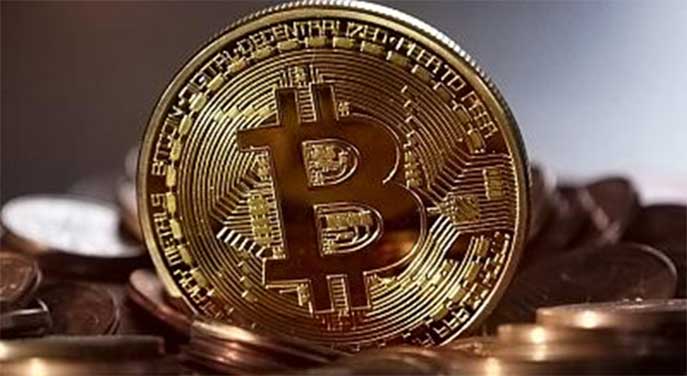Cryptocurrencies are gradually looming in the blockchain space. Among such digital coins is bitcoin (BTC). But what is it? How does it work? Bitcoin is a digital coin that works on a decentralized system. This means that there is no authority governing or regulating cryptocurrency. Instead, transactions are facilitated through blockchain technology, guaranteeing safety.
BTC first cropped the crypto space in 2009. There are no details about the brains behind its existence. Moreover, nowadays you can deposit or withdraw Bitcoin at your local gas station. In fact, there are already thousands of Bitcoin ATM machines available throughout the world including the US. Unlike other payment models, BTC deducts lower transaction fees. Some facts about the largest and commonest crypto, bitcoin, include:
- No government regulates its transactions.
- Traders can transfer the tokens globally.
- The digital coin thrives on policies that no one can alter.
- Its monetary unit is BTC.
- Bitcoin can be used as a commodity or currency.
- Transparent exchange rates are applicable for conversions like BTC to USDT. You must create a bitcoin address to trade using this token.
Note that you need private and public keys to own cryptocurrencies.
Mining Bitcoin
Mining bitcoin is the process of adding new bitcoins to its blockchain. The process requires proof of work with computers and sophisticated algorithms automating puzzles that verify and validate transactions. Miners earn more bitcoin for adding more of these digital coins to the blockchain. This reward principle is what inspires miners to introduce more BTC, hence the liquidity.
Initially, anyone could mine this crypto, but not anymore. This is because the BTC mining code keeps changing over time, making it complicated; only computers with sophisticated algorithms can mine larger amounts.
Bitcoin’s features
- It is decentralized –no government regulates this currency. Only willing investors come up with rules on how to operate the protocol. Any changes can only be done via a consensus of the users, nodes, developers, and miners.
- Distribution is done through a public ledger (blockchain). Volunteers store copies of the ledger in the system’s protocol to record transactions.
- Transparency: you can easily trace transactions and know who owns what using the system’s protocol.
- Peer-to-peer technology: You don’t need intermediaries to make payments or send cryptos.
- Anyone can use bitcoin following the network’s protocol.
- Anonymous: It’s almost impossible to know who owns what because transactions are generated randomly using alphanumeric strings.
- Though anonymous, you can trace transactions because they are public -anyone can see BTC transactions.
Using Bitcoin
Bitcoin is an alternative investment for many investors in the US, moving away from conventional bonds and stocks. The idea is to accrue profits by staking and storing bitcoin on a wallet for some time. Besides, countries whose currencies are less stable use BTC in place of their standard currencies.
Some vendors like Overstock and Twitch also accept payment using bitcoin because of the low transaction rates. You can do this by linking your debit card to your crypto account. The blockchain verifies transactions before executing them. Traders can also track their transactions since the addresses are not completely private.
Some traders also buy Bitcoins on different platforms for various reasons. You can later trade the currencies on sites like the online crypto exchange Alligat0r. Since crypto is speculative, the decision to invest in this portfolio is quite subjective. As most financial advisers say, you shouldn’t invest all your wealth in one company to cushion you against unforeseen losses.
This content is a joint venture between our publication and our partner. We do not endorse any product or service in the article.


